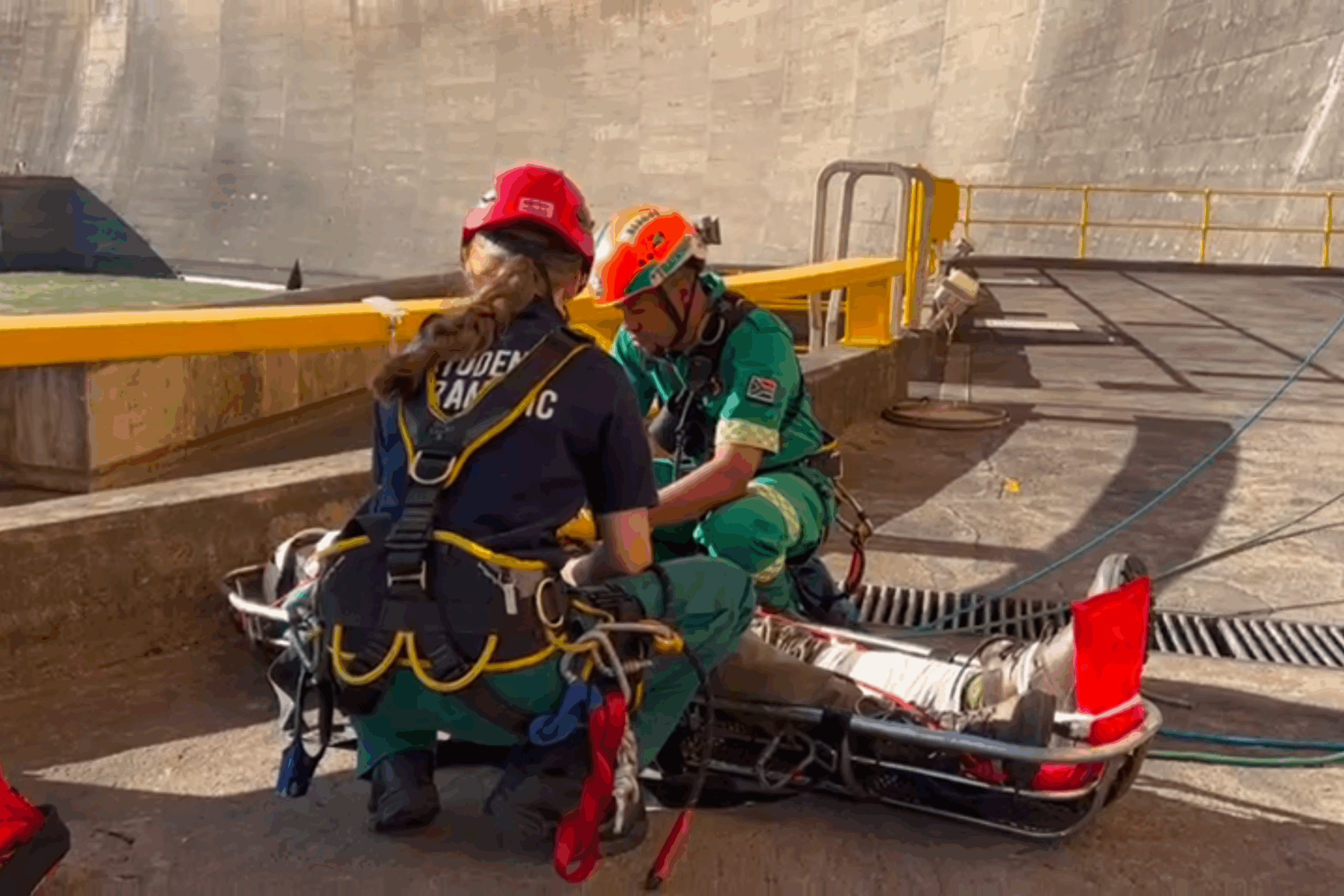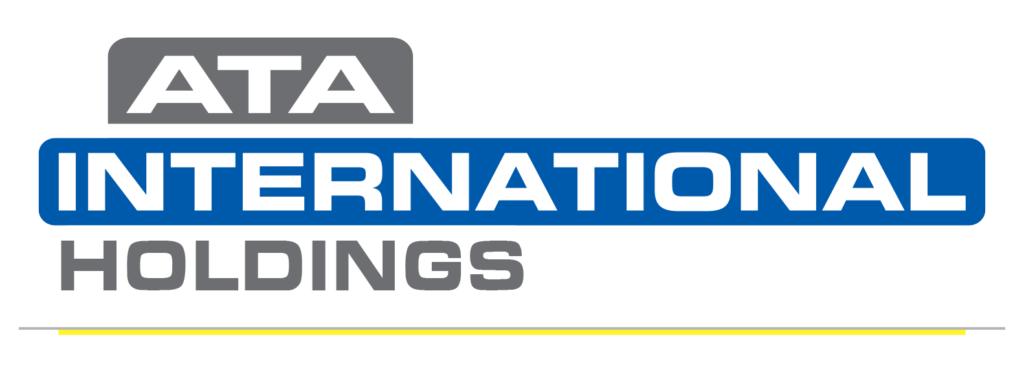It has been widely accepted that working in the mining industry is probably one of the most dangerous professions globally. If you consider the data over the last 10 years, it is not difficult to see why. Along with professions such as Lumberjacks, Underwater Welders and Deep-sea Fishermen the men and women who work in the Oil, Gas and Mining industries are exposed daily to dangers worse than nightmares.
Historians and archeologists alike are finding evidence of mining activities dating back to the ancient world, we can’t imagine these early mines employing many safety measures. As with the development of modern machinery and production of minerals on a commercial scale the need for safety measures increased and systems were developed to reduce risks and prevent fatalities. However, fatal accidents are still seen globally whether due to negligence or illegal mining activities.
Here are 7 mining safety tips to take into consideration;

1. Don’t ignore the Danger
The first step toward keeping yourself safe is to be aware of the fact that working in mining is hazardous. Accept that the mining industry is inherently filled with danger and stay alert every moment on the job. Watch out for your colleagues as well and never let your guard down. Accidents with major impact can occur in a moment of carelessness.
2. Dangerous Tasks Require Planning and Communication
When planning tasks, don’t think only of completing them as efficiently as possible. Allocate extra time and money for safety requirements. Never compromise the safety of your employees when trying to meet deadlines or to boost the quality of work. All risks should be assessed, including the possibility of accidents. Try to eliminate as many risks as possible. Where a risk still exists, provide your team with clear instructions and educate them on how to mitigate it.
3. Get Professional Training
All team members should undergo regular safety training. This should not just apply to new team members. Even long-standing employees should be made to attend refresher courses. We recommend safety training sessions that contain both theory and practical component. Workers who take on strenuous roles may be sent for health and fitness checks to determine whether they are able to take on the physical demands of their work.
4. Always Wear Safety Equipment (and don’t compromise on quality!)
There is a litany of safety equipment that mining workers use for their protection, from helmets to safety glasses and gloves. It is essential that all workers wear the necessary safety equipment at all times. There have been countless stories of workers being saved by something as simple as a helmet.
5. Supervise Your Team
All team members should follow safety instructions with no exceptions. A supervisor must also be diligent about following up and enforcing the rules. Never allow more people to enter a site than are allowed. Supervisors also need to know the whereabouts of all team members throughout each shift. Likewise, all workers should be kept informed about what their fellow team members are doing throughout the day. Never allow any team members to breach the safety procedures without a warning or, in the case of repeated disobedience, appropriate consequences.
6. Document Your Safety Procedures
When accidents happen, all team members should know exactly what to do. Safety procedures must be clearly defined. When documenting the safety procedures, describe the various incidents that might occur, what needs to be done and whom to contact. Safety procedures should be displayed prominently in locations that can be easily accessed by team members.
7. Follow the Latest Safety Standards
Ensure all safety equipment is serviced regularly and satisfies all the latest safety standards. Never try to save on safety equipment. If an item no longer complies with the current safety standards, replace it, even if this means increasing expenses or delaying a project. Never allow staff to use outdated safety equipment, even for a short period of time.
The number of safety-related incidents in the mining industry is high. Unfortunately, some of the tragedies that have occurred could have been prevented by following safety procedures or wearing the correct safety equipment.
References:







